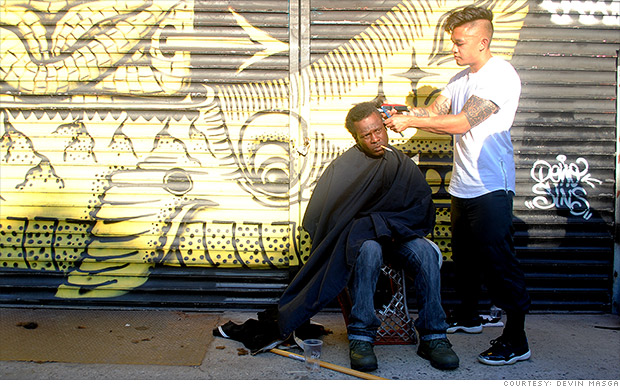
Mark Bustos spends his free time giving haircuts to the homeless.
NEW YORK (CNNMoney)
Bustos works at Three Squares Studio in the New York City neighborhood of Chelsea, where prices for his services start at $150 and can run as high as $800 for certain straightening or color treatments.
But whenever he can, he packs up his scissors, combs, styling products and rechargeable buzzer and goes out on the streets of New York to give free haircuts to homeless men and women.
On Sunday he started out on the Bowery in lower Manhattan where he found "Red," an older man whose nickname comes from the bright red gloves he wears in the winter. Red is a fixture in the area, always sitting on the same wooden stool, and Bustos has cut his hair several times.
Related: America's homeless - the rise of Tent City, USA
After the two chatted a bit, Red sat down on his stool and Bustos got to work. A line of other men formed as Bustos whittled Red's wispy, white hair and trimmed his eyebrows. When Bustos finished, Red smiled, dragged his wooden stool back to its original spot and began feeding stale crusts of bread to a flock of pigeons. Red said he doesn't care about his looks anymore, but the haircuts make him feel "cleaner."
While most of the people on the street who receive haircuts are homeless, not everyone is, and Bustos isn't sure about the situations of some, like Red.
Next up was 56-year-old Ray, who has been homeless for eight years as a result of a drug addiction. Ray said he was seeing his 11-year-old daughter that evening, and wanted to look put together for the visit. He carried over a milk crate to sit on, and after Bustos finished buzzing his head and grooming his goatee, Ray gave high fives to his friends. He then gave Bustos a big hug, calling him his "angel."
"When someone comes along and gives you something you never get, it's just nice," said Ray. "It makes me wanna cry."
Third in line was James. After getting his hair shaved, he said he finally felt confident enough to go out and apply for jobs.
Passersby stopped to ask questions, snap pictures and commend Bustos. One person was a barber who said he'd be interested in helping the homeless, too. And that's exactly why Bustos sets up in such public spaces -- to inspire people to use their own passions to help those in need.
Related: Hungry, tired and stressed out: The stresses of the poor
For Bustos, now 30, it all started in 2012. While visiting family in the Philippines, he decided to host an event where he gave free haircuts to needy children at a local barbershop.
"It made such a strong positive impact on me that I decided to bring it back home to NYC," said Bustos.
Since then, Bustos estimates he's cut the hair of more than 50 homeless people -- not just in New York, but also in places like Costa Rica, Jamaica and Los Angeles.
Most homeless people prefer simple buzz cuts because they don't know when they'll be able to get a haircut again and are often trying to get jobs. A more edgy cut, like a Mohawk, won't necessarily help the job search -- and would be much harder to maintain.
Bustos looks for homeless people living on the streets rather than in shelters, because they often need an extra "jump start." People in shelters, he says, have at least taken the initial step of getting a roof over their heads.
"I approach individuals on the street or parks and tell them the purpose of what I do," he says. "Cutting their hair becomes a lot like a therapy session and not just a haircut."
Related: 'Illegal to be homeless' in growing number of cities
The first homeless person in New York that he gave a haircut to looked in the mirror after Bustos was finished and said, "Do you know anyone who is hiring?" Other people are so shocked after looking in the mirror they can't even speak.
"I make a point to ask every person how the haircut makes them feel, and 90% say it gives them more confidence," Bustos said.
Another time he found a man in Long Beach, Calif., sitting under a tree. The man told Bustos he had just gotten out of prison, where he had spent 10 years.
"I asked him what he was sent to prison for, and he said 'kidnapping and robbery.' Then there was just this awkward silence. It was the longest 10 seconds of my life, because what do you say to that?" said Bustos. "But everyone deserves a second chance."
He sees many of the same people over and over again, and hasn't heard any success stories yet. But that doesn't stop him from being optimistic. "A lot of them are still on the streets, but I have hope for them -- like James, I have hope that James will find a job tomorrow," he said.
First Published: August 19, 2014: 8:17 PM ET
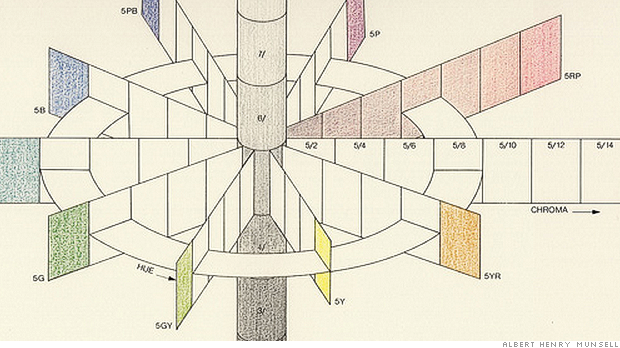
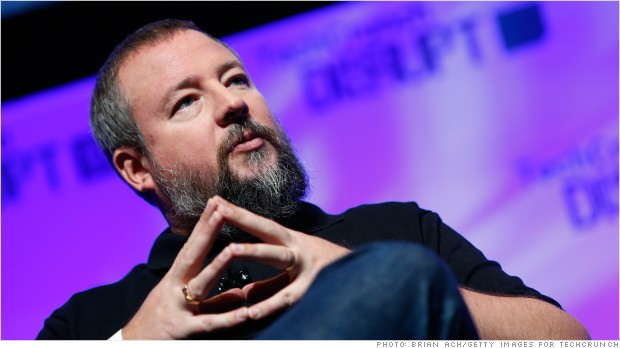 Vice's co-founder Shane Smith has said he wants Vice to be the "next CNN" and "next MTV."
Vice's co-founder Shane Smith has said he wants Vice to be the "next CNN" and "next MTV." 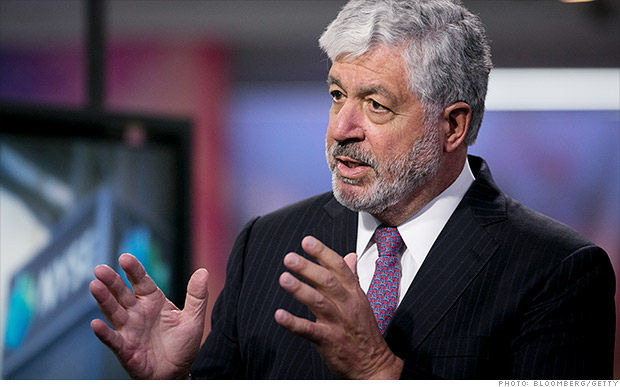
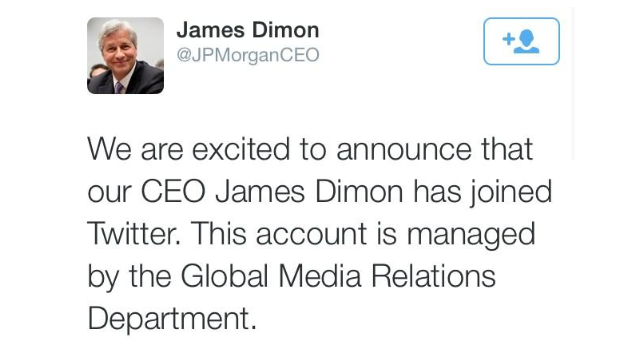 The first tweet from @JPMorganCEO on August 27.
The first tweet from @JPMorganCEO on August 27. 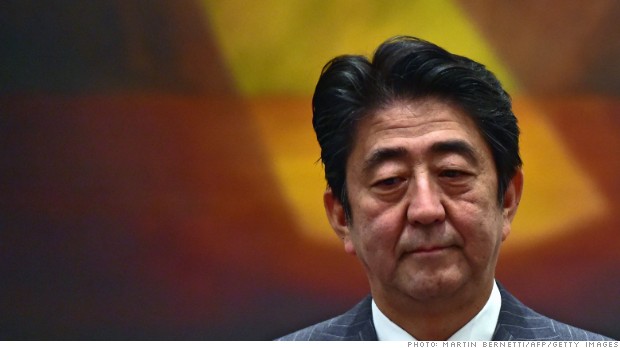 Prime Minister Shinzo Abe must make more progress on structural economic reforms.
Prime Minister Shinzo Abe must make more progress on structural economic reforms. 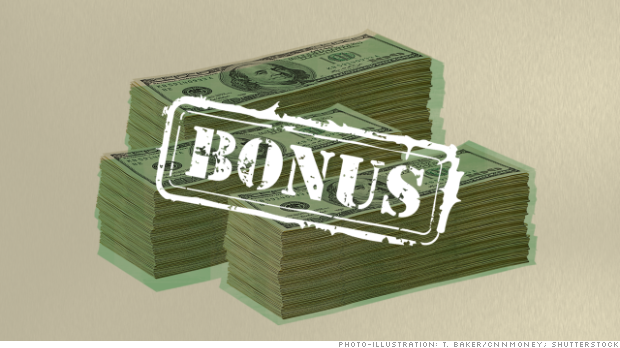
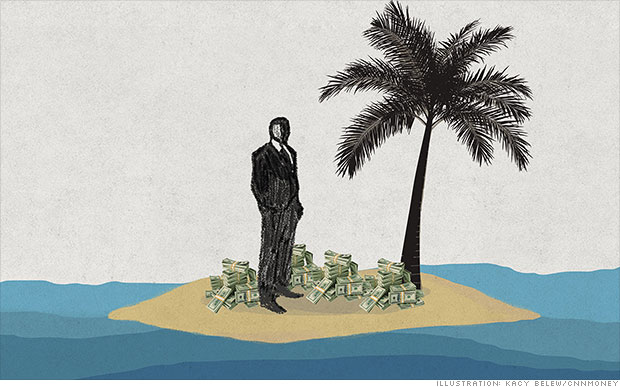 Companies like Apple that do business abroad can delay paying U.S. taxes on the billions of dollars they keep offshore, indefinitely.
Companies like Apple that do business abroad can delay paying U.S. taxes on the billions of dollars they keep offshore, indefinitely. 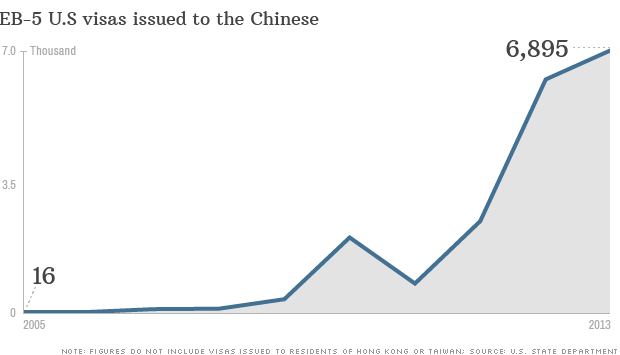
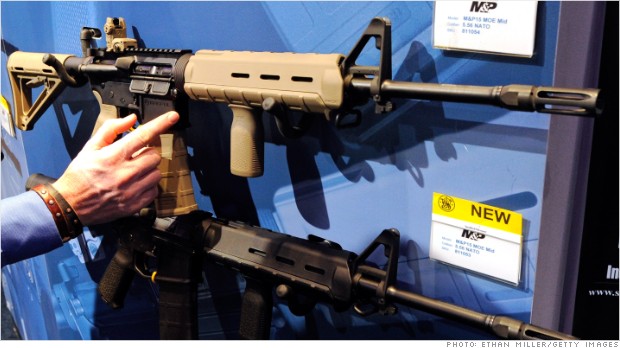 Rifles are a tough sell for Smith & Wesson.
Rifles are a tough sell for Smith & Wesson.  These five 401(k)s are among the top employer plans offered to workers in the tech, utility, legal, airline and oil and gas industries.
These five 401(k)s are among the top employer plans offered to workers in the tech, utility, legal, airline and oil and gas industries. 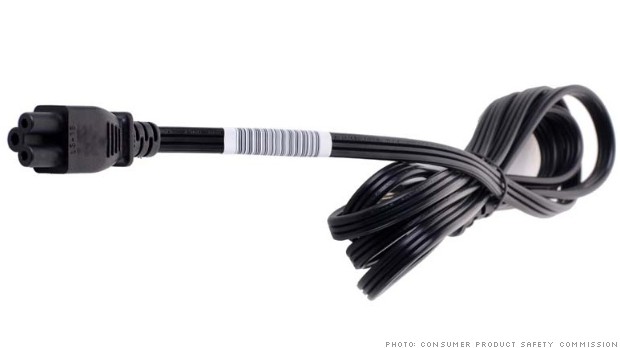 The government said the recalled chargers look like this and are stamped with the code "LS-15."
The government said the recalled chargers look like this and are stamped with the code "LS-15." 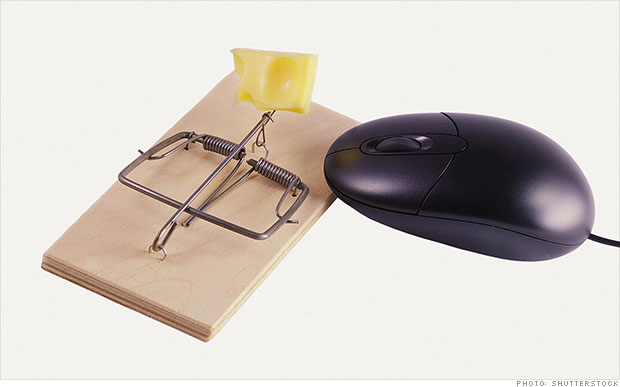 Don't click on that "cutest thing ever" link! Facebook wants to discourage "click-bait"
Don't click on that "cutest thing ever" link! Facebook wants to discourage "click-bait" 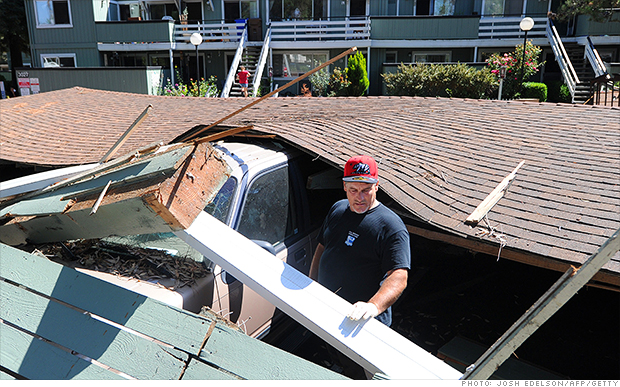
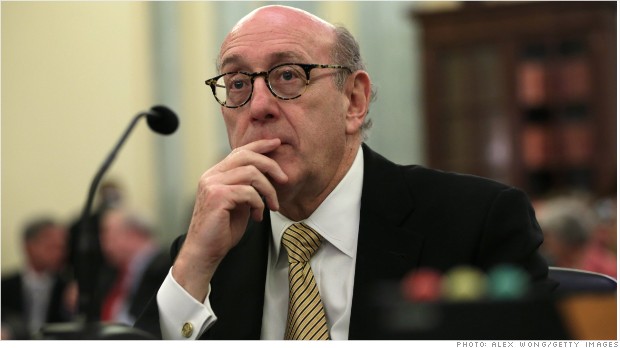 Ken Feinberg has received 100 death claims so far.
Ken Feinberg has received 100 death claims so far. 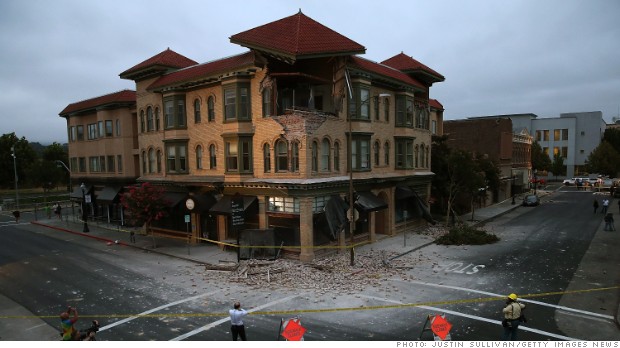 Sunday morning's earthquake jolted Northern California, leaving extensive and widespread damage.
Sunday morning's earthquake jolted Northern California, leaving extensive and widespread damage.  Buildings crumbled in the 1994 Northridge earthquake, rated the most expensive in U.S. history.
Buildings crumbled in the 1994 Northridge earthquake, rated the most expensive in U.S. history. 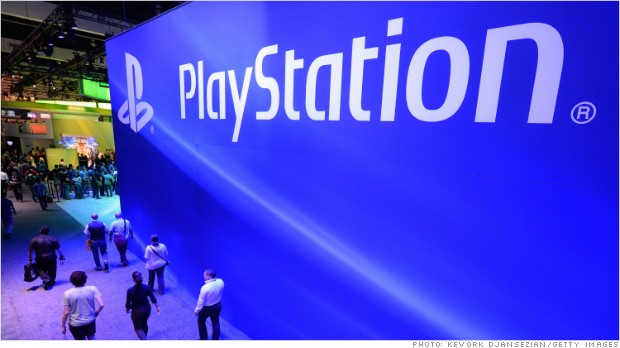 The "Lizard Squad" has targeted Sony's online gaming network.
The "Lizard Squad" has targeted Sony's online gaming network. 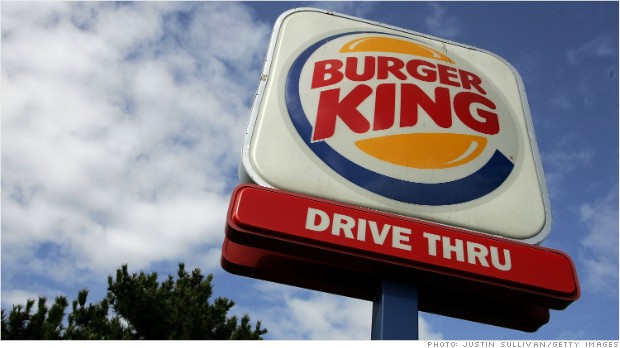 Burger King is in talks that could move the restaurant chain's headquarters to Canada.
Burger King is in talks that could move the restaurant chain's headquarters to Canada. 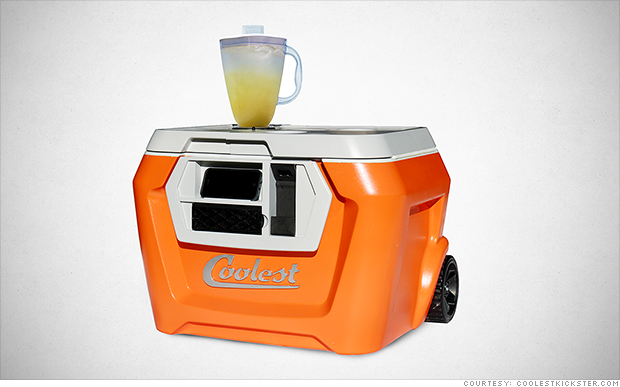
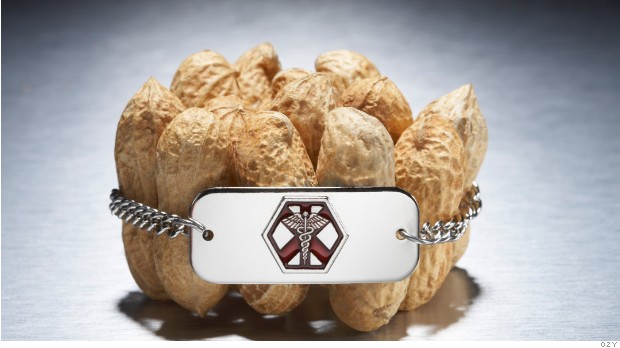
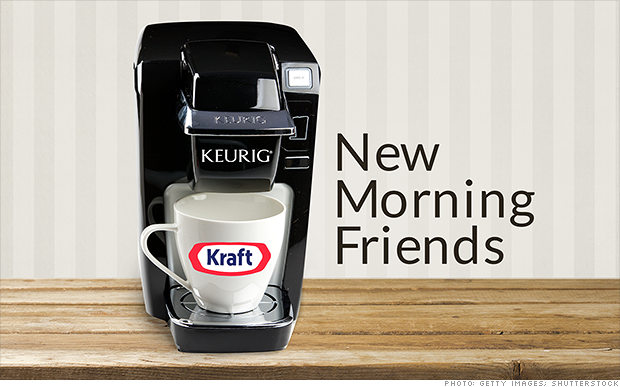
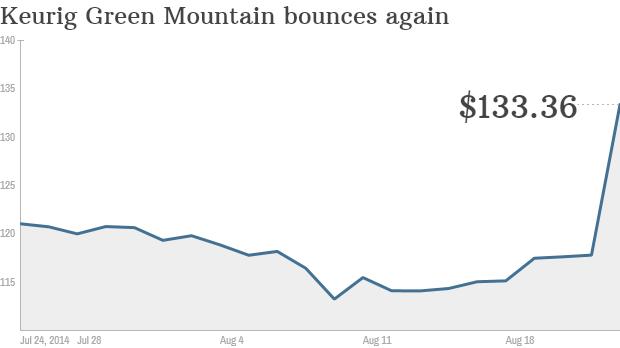 Keurig Green Mountain stock popped another 13% after its deal with Kraft
Keurig Green Mountain stock popped another 13% after its deal with Kraft 

 Pizza Hut in Hong Kong serves a crayfish pizza that's designed to appeal to local tastes.
Pizza Hut in Hong Kong serves a crayfish pizza that's designed to appeal to local tastes. 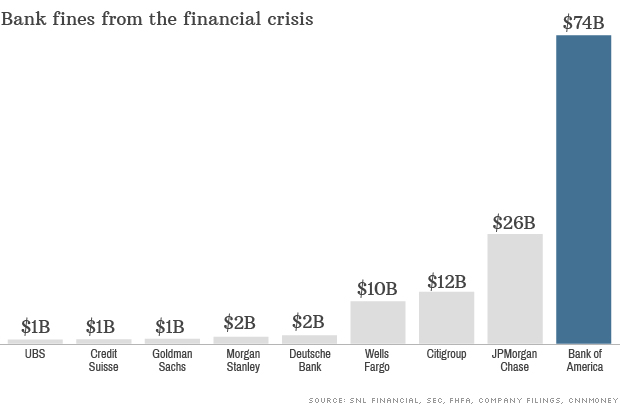
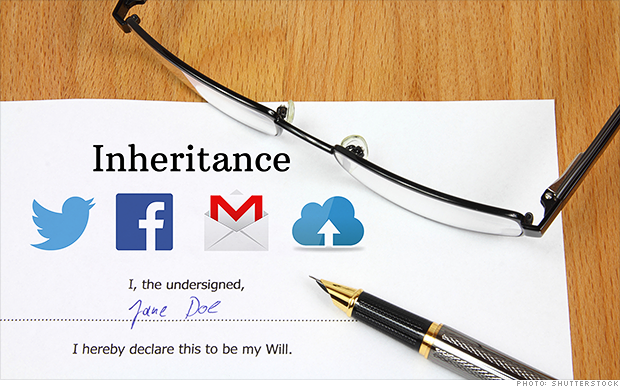 In Delaware, heirs can now inherit the online accounts of someone who passes away.
In Delaware, heirs can now inherit the online accounts of someone who passes away. 
 Mark Bustos spends his free time giving haircuts to the homeless.
Mark Bustos spends his free time giving haircuts to the homeless.